Meeting healthcare’s workforce challenges requires innovation — with a dose of humanity
Three U.S. health systems have made strides in alleviating stresses on their workforces.
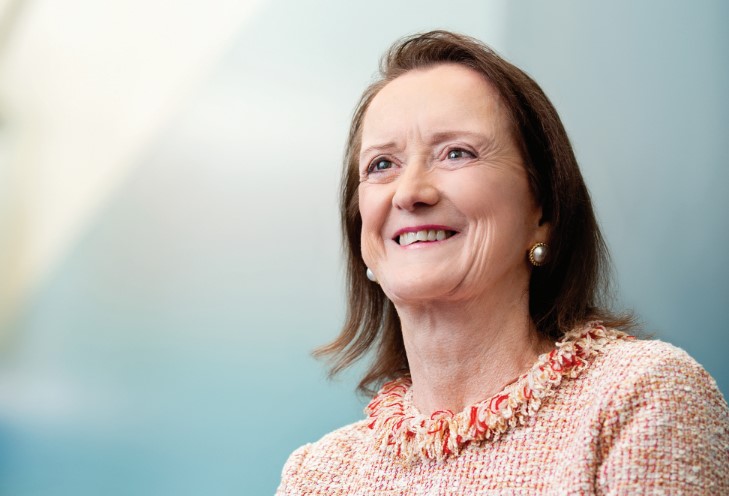
There is no low-hanging fruit left in workforce innovation. Yet hospital and health system finance executives who are looking for investments their organizations can make to reach higher up the tree should not be deterred. They can follow the lead of health systems that have already taken risk and reaped rewards — from taking an innovative approach to hiring and finding talent in their communities to cultivating humanity in leadership. Here are three recommendations distilled from these success stories.
1 Plan ahead to fill nursing positions
Northwell Health in New Hyde Park, New York, was experiencing one of those moments where one has beaten back a challenge and is breathing a sigh of relief only to see the challenge coming back around like a tetherball.
It was the spring of 2020, and the first COVID-19 surge had passed. And then they realized: This new virus wasn’t going to go away. Neither was the flu.
“We really needed to start preparing for the next time we had a wave,” said Maureen T. White, RN, MBA, NEA-BC, executive vice president and chief nursing executive for Northwell Health, one of the largest employers in New York state.
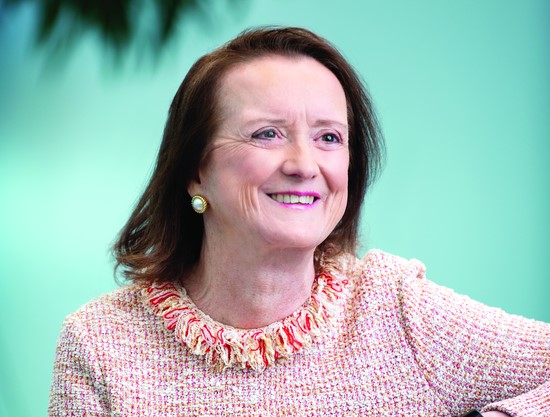
Working with her finance team and human resources, White started looking at staffing in a different way, using a simultaneously retrospective and prospective approach that is now underpinning the organization’s nurse hiring strategy. It started with identifying how many med/surg, critical care and other nurses had left Northwell between October and December each year.
“And sure enough, it didn’t change much over the years,” White said. “Coming out of the pandemic surge, we still had a pretty good idea of what the fall respiratory disease season would look like.”
So White thought, why not hire ahead?
Such an approach is traditionally taboo in healthcare. The finance department estimated it would double the cost to bring on new staff early. But White countered that Northwell could save on agency nurse costs because nurses hired ahead would have had enough time for full orientation, setting them up to be waiting in the wings when teammates started calling in sick during respiratory disease surges.
“I told them, ‘Let’s start hiring those nurses in July,’” White recalled. “And they said, ‘All right, Maureen …. it makes sense. We’re going to spend money now to save money later. Let’s do it.’”
Nurses hired that July and trained throughout the fall were on the floor ready to go when the seasonal respiratory surge hit. This past season, Northwell Health, which previously would hire about 200 travel nurses per week to fill seasonal gaps, needed only about 30, and those had been contracted months ahead of time, when Northwell negotiated their hourly rates outside of the peak demand period of flu season.
When comparing the December 2022-February 2023 period with the previous year’s window, Northwell had reduced external agency expenditures by $15 million, or about $2 million per week, through more aggressive predictive hiring and pre-ordering of external agency nurses at a reduced hourly rate.
“That’s a program that really showed our finance team that maybe we shouldn’t be waiting to fill positions, especially in our hospitals where our census is fairly consistent,” White said. “It’s about being bold enough and taking calculated risk because it takes time to onboard and orient new nurses.”
Northwell is in its third year of looking two quarters ahead, and it now hires early year-round. The approach also is representative of a nursing workforce strategy that has established Northwell as an industry leader in nurse satisfaction, with a 13% nurse turnover rate in 2022, White reported. That compares with a national average of 27%.a
2 Tap into the community
The workforce is at the core of the very first strategic plan developed by Charlottesville, Virginia-based UVA Health. The plan declares: “Fundamental to our future success, UVA Health must be a destination for talent at every level by becoming the best place to work, to learn, and to build a lifelong career.”
The health system is fulfilling that mission today with an investment in connecting with its community to build a bigger talent base.
“We need to get people who are not currently in healthcare to join the healthcare workforce,” rather than taking employees from other facilities, said K. Craig Kent, MD, UVA Health CEO and University of Virginia executive vice president for health affairs.
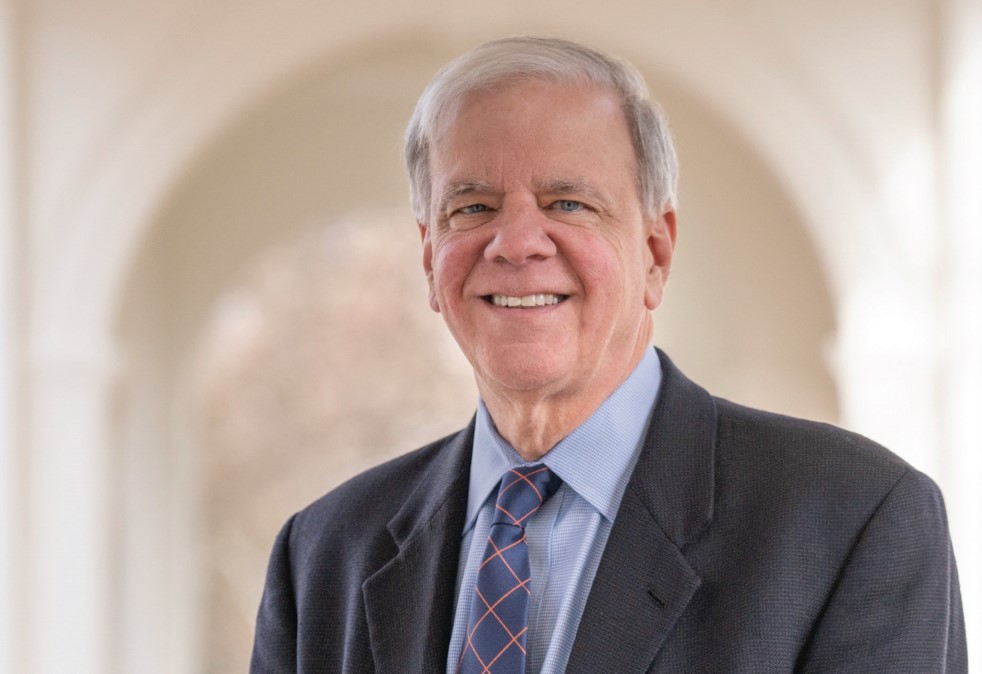
Rather than expecting potential hires to carve out time to attend community college at night while working a day job for income, UVA Health launched its “Earn While You Learn” program, which pays potential employees to train as EMTs, phlebotomists and medical assistants, among other roles. And as they mature in their training, the health system puts them to work. With about 100 people participating in its first year, Kent says, the program has been successful.
“We have people in the community who don’t have health benefits or jobs, and here we are in healthcare with this incredible need, and now we’ve connected the dots,” Kent said.
A second community program, “Pipelines and Pathways,” is a partnership with the academic side of the University of Virginia through which potential employees can receive support in identifying employment opportunities and filling out complex job applications.
And within its internal community, UVA Health has invested in leadership training by launching a new leadership academy as an outgrowth of a strategic planning process involving more than 3,000 people. Once complete, it will consist of about 10 forums for leaders at multiple levels within the organization. For senior-level leaders, peer- and self-nominations will be evaluated by a selection committee. As it evolves, Kent said, the intent is that participation become a prerequisite for anyone becoming a unit leader.
“I think sometimes what happens is you become a leader just because you’ve been around long enough …. but that doesn’t necessarily mean you have the skill set or the knowledge,” Kent said. “I didn’t expect that [demand for leadership training]. It wasn’t something I anticipated ahead of time. But it was very well heard throughout every part of the organization.”
3 Promote humanity from the top down
Far away, in California, Sutter Medical Center, Sacramento (SMCS) was having its own mid-pandemic epiphany in 2020.
“The social impacts of the pandemic, in terms of isolation and inability to connect with people as people, were magnified in healthcare leadership,” said Megan Gross, MD, wellness medical director, SMCS.
She was seeing administrators and directors who just weren’t at their best anymore. And having stressed leaders is a recipe for having a stressed workforce. Humanity in leadership is necessary to promote humanity in the overall workforce.
“They were the core group of people who were just giving their all every day, and it was at the expense of themselves,” she said.
So Gross took her observations to the executive team and immediately got the backing for a pilot program that would provide enrichment for the health system’s overtaxed leaders. The program was christened “Cheers to Peers” as a nod to the 1980s television show about the Boston bar “where everybody knows your name, and they’re always glad you came,” Gross said.
Cohorts of six to nine people from across leadership roles meet every other week for facilitated discussions on professional, personal and leadership development topics, curated and led by Gross in a “leader lounge,” which SMCS outfitted to give administrators and directors a living room at work.
The concept was an immediate hit: After the very first pilot group session, participants were so thrilled with the experience that they built a scrap wood bar in the back of the leader lounge where meetings are held, hanging the Cheers to Peers emblem on the front and christening it with Martinelli’s apple juice at their second meeting.
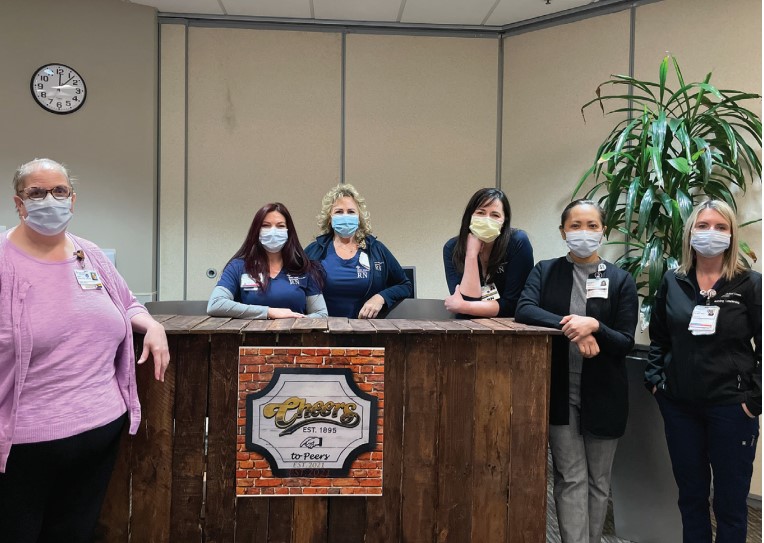
Photo by Stephanie Ramirez, department coordinator, support services
Having operated for 18 months, the program now serves 30 leaders in multiple small-group cohorts. Few people miss the biweekly meetings, and Gross has had requests to scale it up and down title levels.
“The news started to spread that this was really awesome, and the people coming out of the sessions seemed so much happier,” said Whitney Clark, MHA, senior director for Women’s and Children’s Services at SMCS, who just celebrated a year with her Cheers to Peers cohort. “They had a connection to peers we had lost during COVID.”
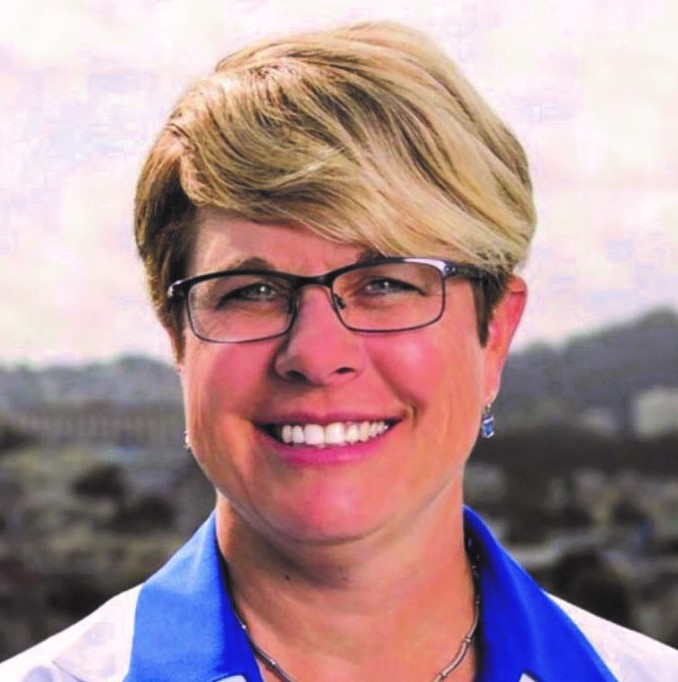
With her colleagues, Clark is working on strategic efforts to drive growth and volume, but she didn’t have a peer group with which to collaborate (or commiserate) with and to learn new skills. Through Cheers to Peers, she formed a relationship with someone who had been just a name to her — and a name that, when it showed up in her inbox, usually meant a problem had come up.
But when the pediatric respiratory disease surge led to a state of emergency in winter 2022, her new relationship proved instrumental in enabling SMCS to more efficiently and rapidly source documentation and credential clinicians, Clark says.
During that pediatric crisis, Patti Taylor, nurse director of SCMS’s pediatric ICU, had to field requests from hospitals throughout the region for transfers to ICU beds that were already filled. Forced into the role of “air traffic control,” she missed her Cheers to Peers meeting — and, therefore, lunch. She returned to her desk to find a cohort member had thought to reach out and bring her a salad.
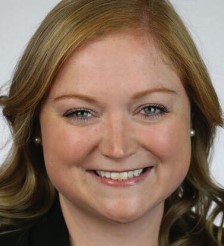
at SMCS, notes that relationships formed through the Cheers to Peers program led to significant process improvements.
“It’s really encouraging. You’re not only feeding your body; you’re feeding your soul,” Taylor said. “It’s helped us not get so frustrated that we want to leave. We come in frustrated maybe at the beginning of the time, but we’ll leave with another tool or something to focus on to get us through the next couple of weeks.”
Brandon Fisher, director of pulmonary services for SMCS, said the sessions have created a safe space to talk through hospital changes that impact the health systems’ leaders in their cross-functional roles.
“Working through changes at the hospital level or the system level has been made easier because of that meeting,” Fisher said.
Gross noted that a healthier state of mind and better communication and collaboration among peers are the whole point.
“If you can translate wellness into operations, that’s the secret sauce in my mind,” she said. “Culture drives all of the financial ROIs.”
It’s about taking and using time
Workforce innovations that have achieved ROI have one thing in common: They require an investment of time.
At Northwell Health, predictive hiring gives new nurses the time they need to onboard properly — not only to their unit and technical aspects of care, but to their leaders and their teams.
Northwell also invests time in “leader rounding.” Every executive within Northwell is required — not asked — to join unit rounds at least weekly.
“It’s kind of like adopting a unit,” White said, noting that the rounds keep leaders grounded in the mission of caregiving and connected to the needs on the floors.
“Many leaders end up knowing the unit teams personally, and they gain a better understanding of needs and requests that may seem out of the blue if their only reference point otherwise was an inventory list or a balance sheet,” she said.
“We have to find the time because the outcome is so much better for the organization from a financial point of view. If you have a group of individuals who feel connected to their leaders, they know who’s making decisions and advocating for them,” said White, who also values rounding as a mental reset. “My assistant will even say to me, ‘I’ve scheduled some rounds for you. I think it’s time for you to go.’”
And at Sutter Health, that hour with Cheers to Peers every other week is precious for those taking part in the brainstorming and mental reset.
“There’s not a shortage of jobs for good leaders,” said Clark about Sutter Health’s Cheers to Peers program. “But to work for an organization that shows they are carving out time for you to build yourself up as a leader is a changing point in recruitment.”
Travel clinicians seek to return to permanent work
Travel clinicians’ rising demand for permanent employment is a positive turn amid ongoing staffing shortages. In 2023, 86% of clinicians with travel contracts are open to permanent employment, up from only 55% in 2022, according to the March 2023 Vivian Health Future of Healthcare Work Report. More than half of the respondents are over 45 years old, and 28% are over 55, meaning these findings suggest there could also be an opportunity to retain experienced professionals.
The report lists the following average hourly wages sought by clinicians seeking to pivot from travel work to permanent work in 2023:
- Advanced Practice (majority NP): $100
- Allied Health and Therapies: $47.27
- CMA: $20.67
- CNA: $27.56
- LPN/LVN: $37.67
- RN: $61.04
These are national averages. Wages sought vary considerably by geography.
Positive news from around the web
The challenges facing the nation’s healthcare system from staffing shortages and burnout are not lost on industry leaders and U.S. congressional leaders. Here is just a glimpse of some recent ways in which this issue is being pushed to the forefront.
“Something meaningful”
Sen. Bernie Sanders, I-Vt., told the Senate Health, Education, Labor and Pensions (HELP) Committee, which he now chairs, to step up efforts to address staffing shortages across nurses, primary care and mental health professionals, and specialists. Both Republicans and Democrats acknowledged the underlying challenges and their disproportionate impact on rural and minority communities. Sanders called on the committee to “produce something meaningful” in terms of new legislation.
“Shark Tank for nurses”
Dartmouth Health’s first Nursing Innovation Hackathon invited nurses to pitch solutions to daily challenges. First prize of mentoring to bring the idea to life went to a team that created a strap for moving two wheelchairs instead of just one to expedite discharges. Second and third place went to an alert system intended to reduce length of stay through better communication, and a peer support system for nurses.
Pilot programs for innovations in nursing
The American Nurses Foundation’s Reimagining Nursing Initiative has granted $14 million to pilot 10 technology, new-graduate and direct-reimbursement-model programs in 29 states. The goal is for the most successful pilots in areas such as robotics and AI, in-home memory care, and community wellness reimbursement to be brought to scale in later phases of the program.
Footnote
a. NSI Nursing Solutions, Inc., 2022 NSI national health care retention & RN staffing report, March 2022.





